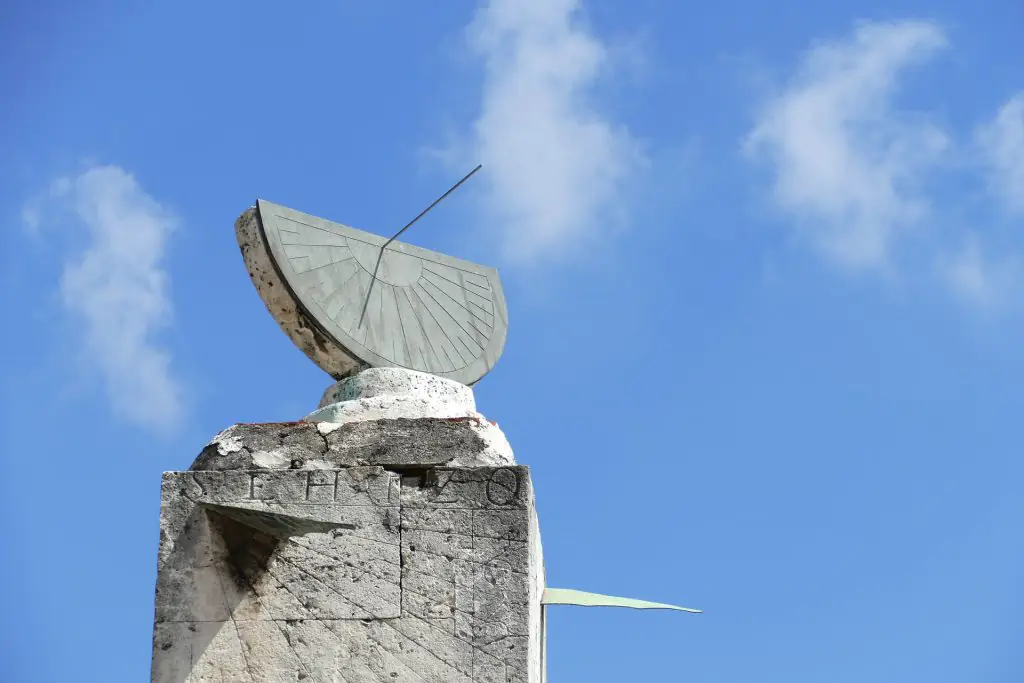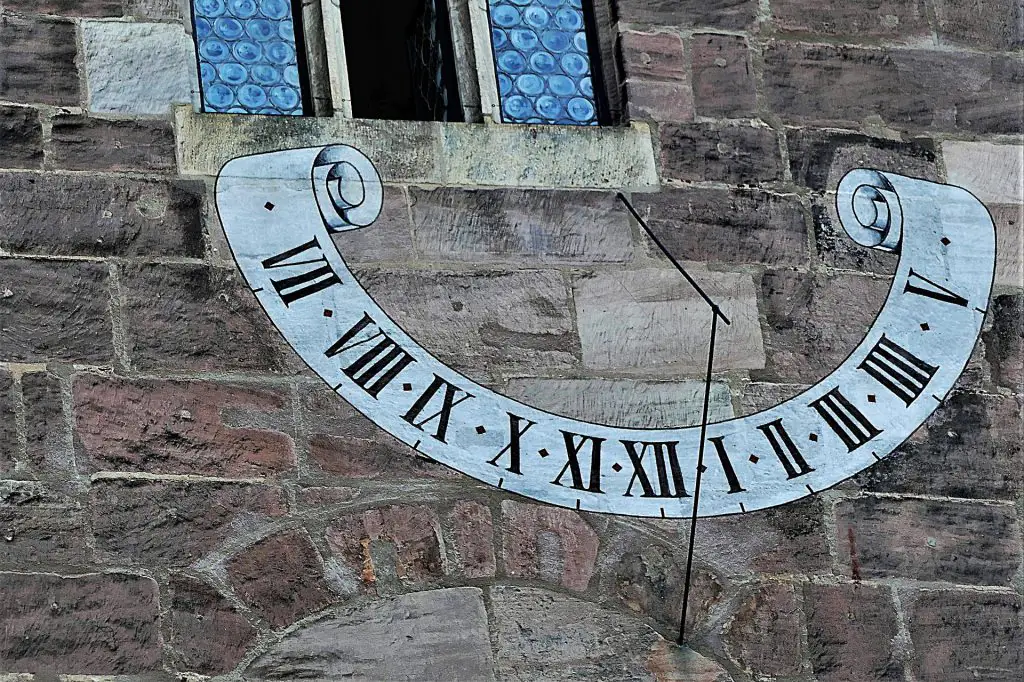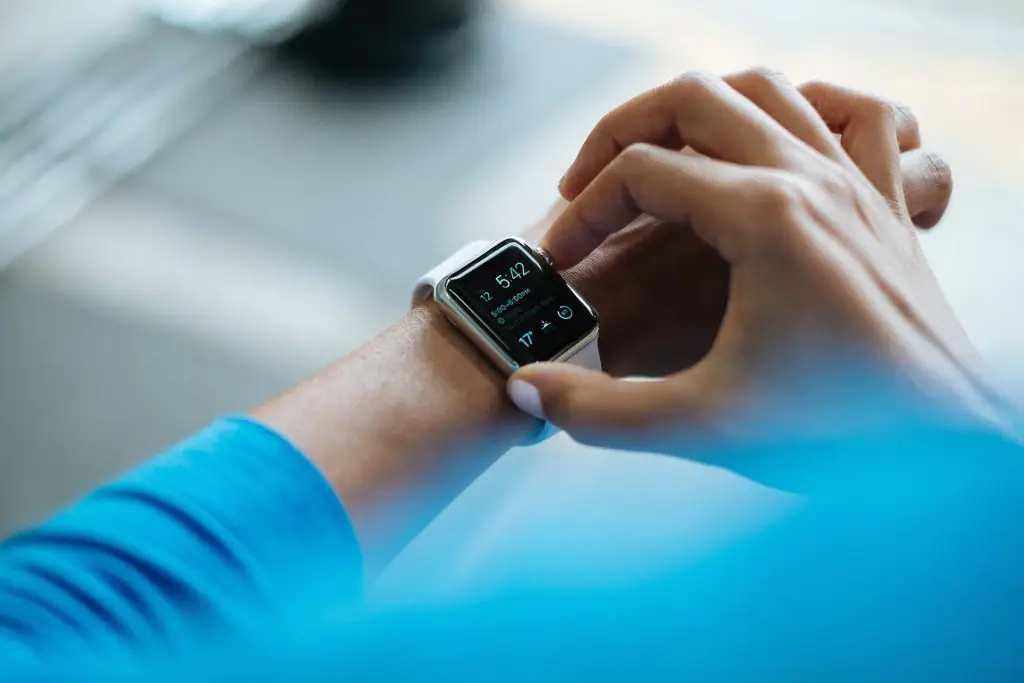Sundials: Our First Clocks

Long before the day of the smart watch, humans told time using the sundial, the very earliest timekeeping device! Sundials use the sun’s position in the sky to cast a shadow onto the dial which is marked with numbers indicating the time. The first sundial was created more than 5,500 years ago in the year 3500 BCE. Sundials have even been found in Ancient Egyptian ruins!

Many ancient cultures including the Egyptians, Greeks and Romans used sundials. The Romans were the first to divide the day into 12 hours to better mark the time and meetings. The day was divided into two periods, ante meridiem (before midday) and post meridiem (after midday), which are now knows as A.M. and P.M.

The major difference between how we tell time today and how we told time thousands of years ago is that we no longer use the sun to determine the time. Today we utilize “clock time,” which means that the time is regular and unaffected by seasons like solar time is! Sundials and clock time agree on the time 4 times a year: on or near April 15th, June 15th, September 1st, and December 25th!
High Touch High Tech’s experiment of the day takes you back to ancient times by making your very own sundial! See the experiment at: https://sciencemadefun.net/downloads/sundial.pdf

